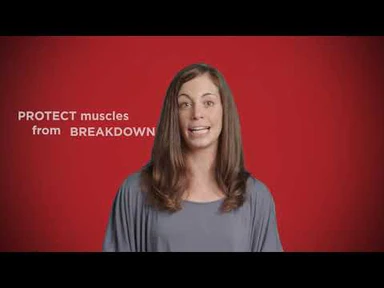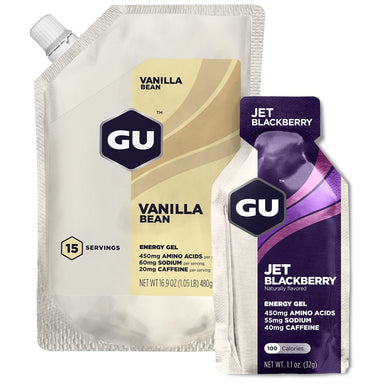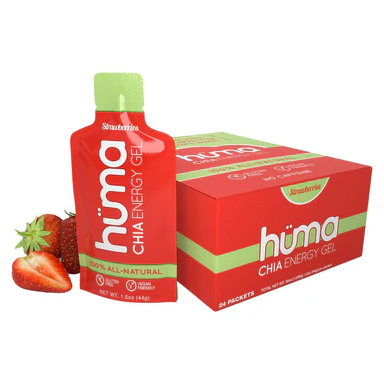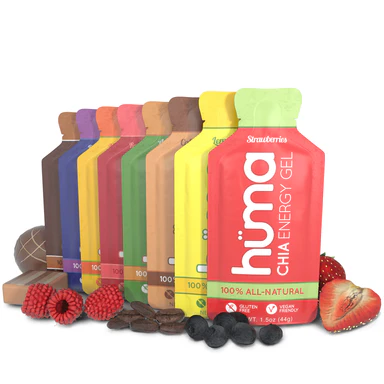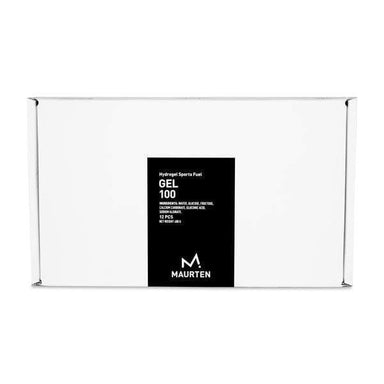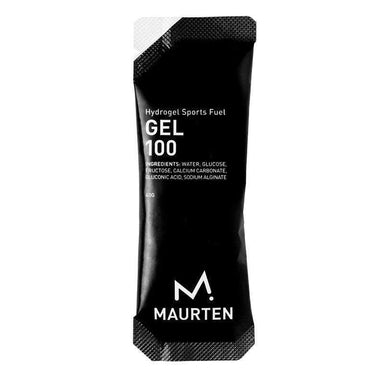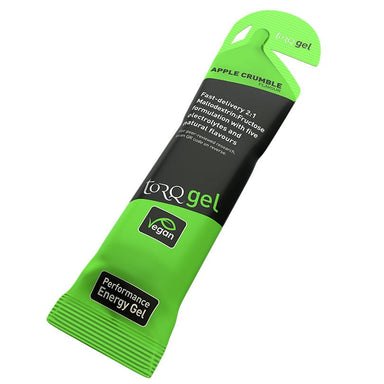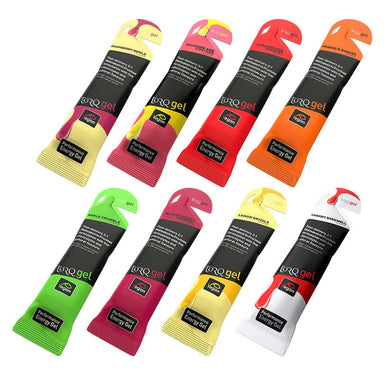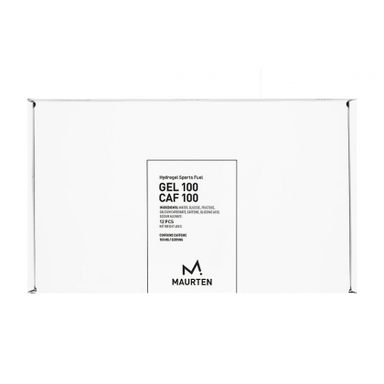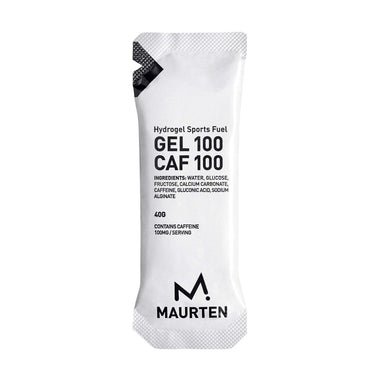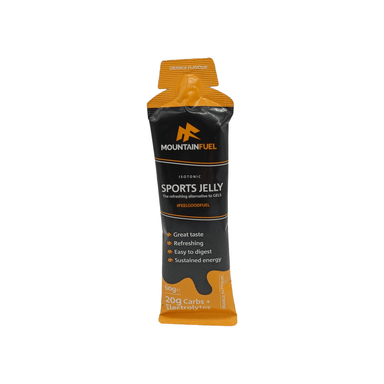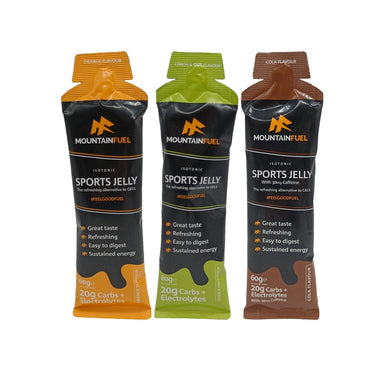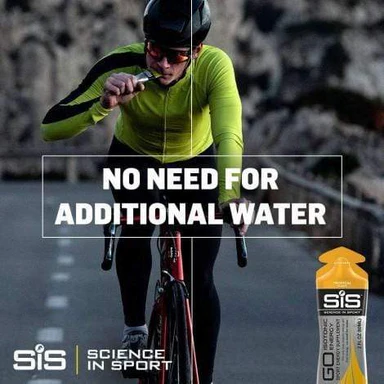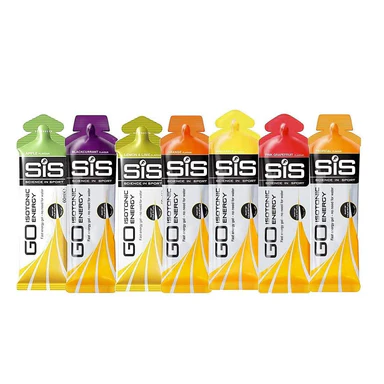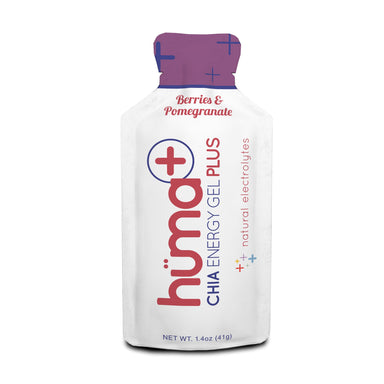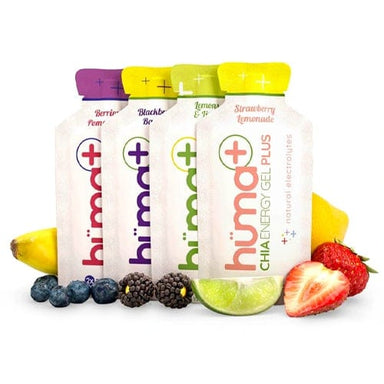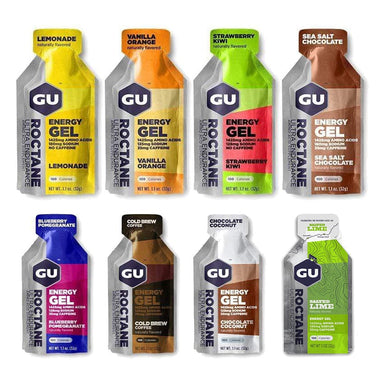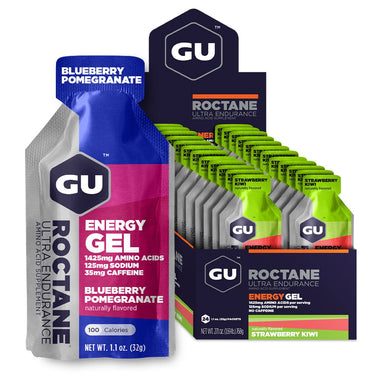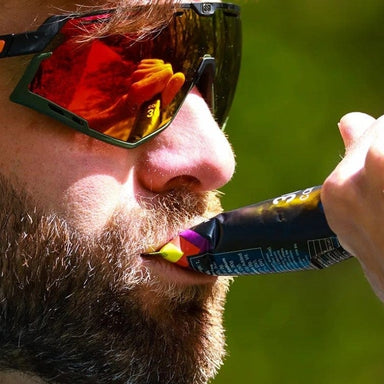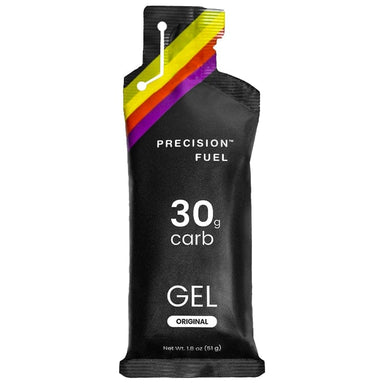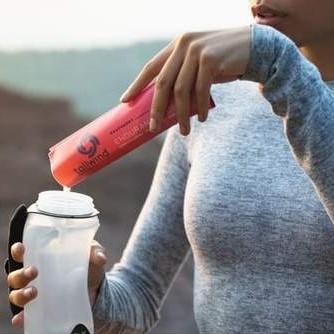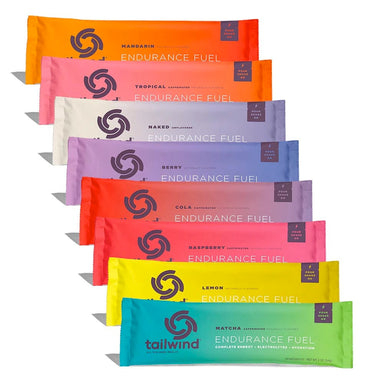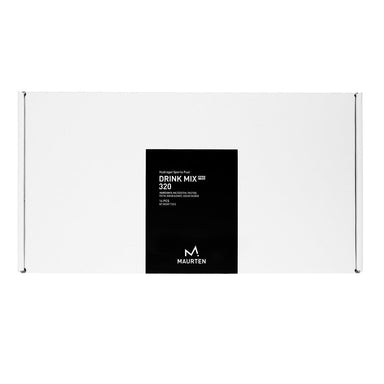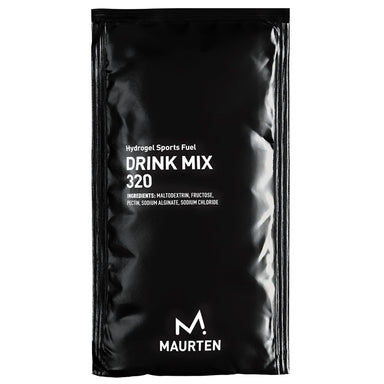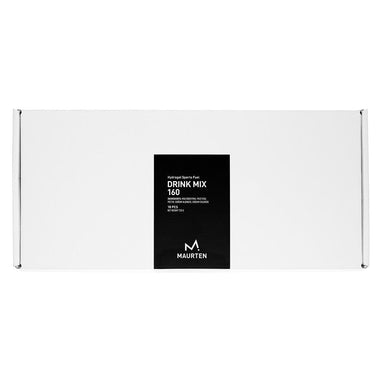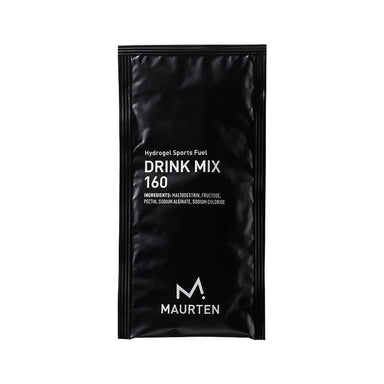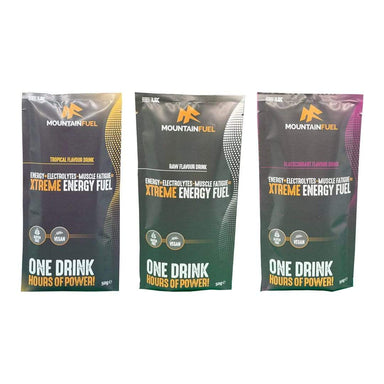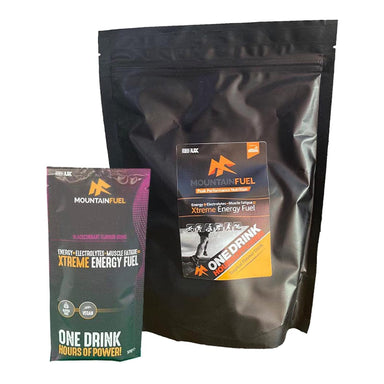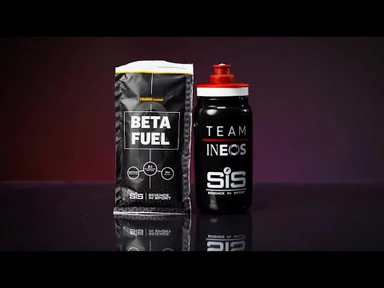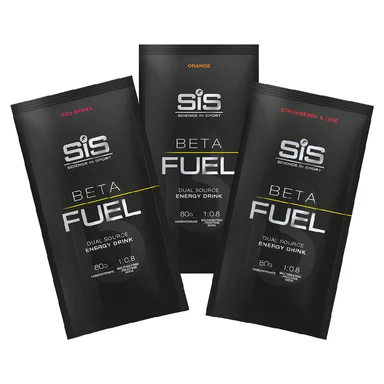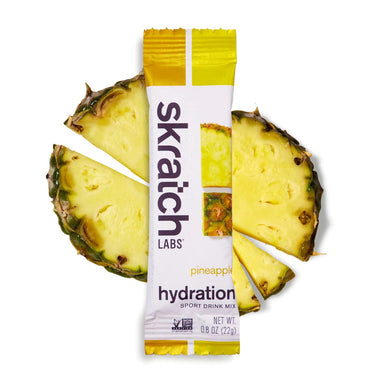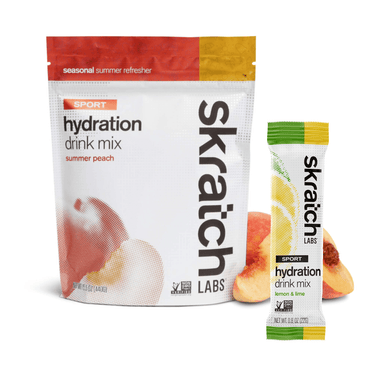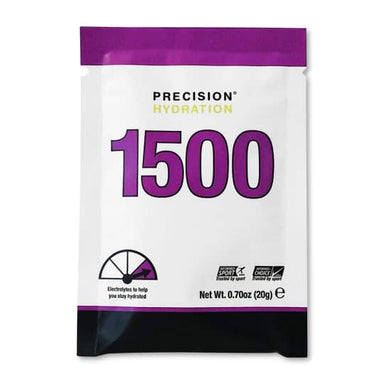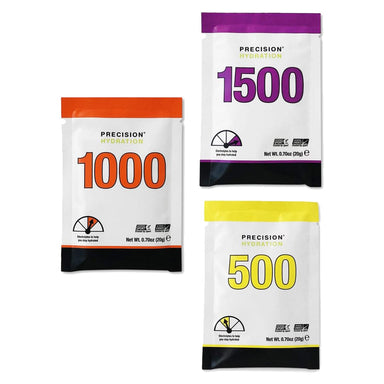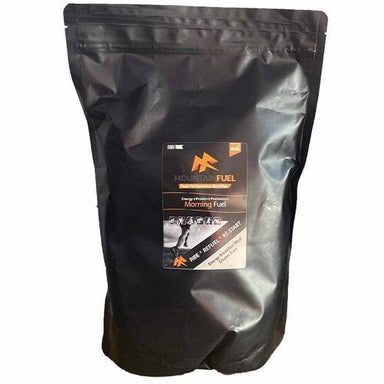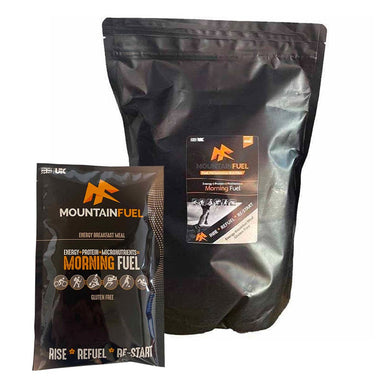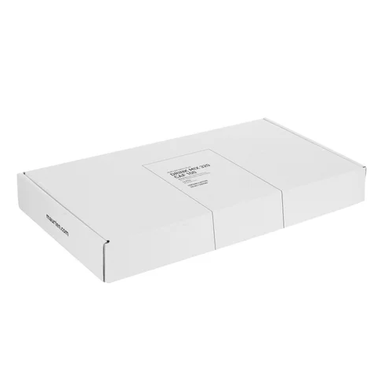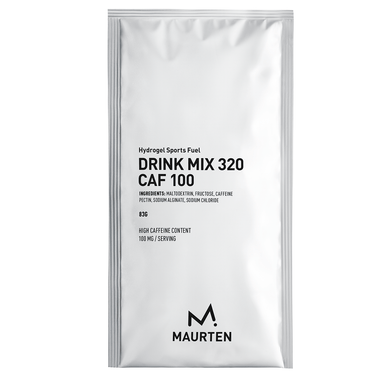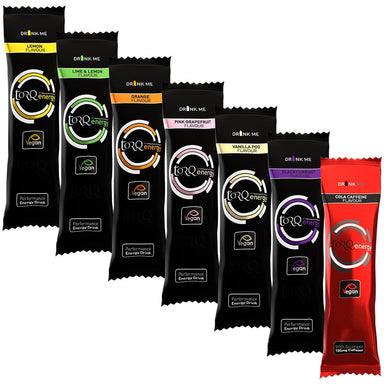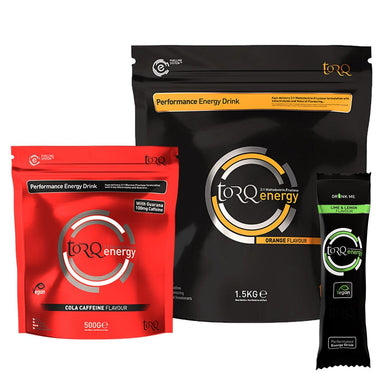Nutrition for Triathlon

Proper nutrition is critical for triathletes to perform at their best and recover optimally between training sessions and races. During the swim, bike, and run portions of a triathlon, having adequate energy intake is key to maintaining pace and power output. Quickly digestible carbohydrates in the form of energy gels, energy chews, energy drinks, and carbohydrate electrolyte drinks are useful during longer triathlons to provide an extra kick when muscle glycogen starts running low.

ENERGY FOR TRIATHLON |

RECOVERY FOR TRIATHLON |

HYDRATION FOR TRIATHLON |

INFORMED SPORT CERTIFIED |

INFORMED CHOICE CERTIFIED |
Popular portable nutrition includes energy gels containing about 25-30 grams of mostly maltodextrin and fructose carbs. These are easy to consume while biking or running and provide a quick spike of calories. Electrolyte tablets or powders can also be added to water to replace sweat-lost sodium, potassium, magnesium, and other minerals. Caffeinated gels or electrolyte formulations may provide an extra boost of stimulation.
Triathlon Nutrition: Insights
Nutrition for Triathlon: FAQs
How much fuel should I consume during a triathlon?
For events lasting over 70 minutes, you should aim for 30-60 grams of carbohydrates per hour. This is a wide range, so test different brands and intake schedules during your training sessions to find what works best for your individual needs.
What are some good fuel sources to use during a triathlon?
Some good options include energy gels (containing about 20-25 grams of carbs each), energy drinks, chews, bars, bananas, and other simple carbs. It's best to have a mix of gels and solid foods.
When should I take my first fuel during the race?
Your first fuel intake will likely be during the transition from the swim to the bike or at the very beginning of the bike leg. Don't wait until you feel low on energy to start fuelling or it will be harder to get your energy back up.
We would highly suggest having an energy gel on the start line of the swim, and then aiming for 60g to 90g of carbohydrates per hour from there onwards. You must practise your nutrition plan during training.
What fuel sources are easiest to consume during the cycling leg?
An energy drink plus solid foods like energy bars, energy chews, flapjacks, bananas are convenient to eat while cycling. You can tape items to your bike frame or attach a storage bag. Take more fuel than you think you'll need!
When should I rely most on energy gels?
Save gels primarily for the running leg when solid food may be harder to digest. Take an energy gel at the start of the run or no longer than 30-40 minutes into the run.
Should I account for electrolyte loss?
Yes, especially if racing in heat or you tend to sweat heavily. Add electrolyte tablets to your energy drink or consume an electrolyte-infused sports drink. This helps prevent painful cramping.




